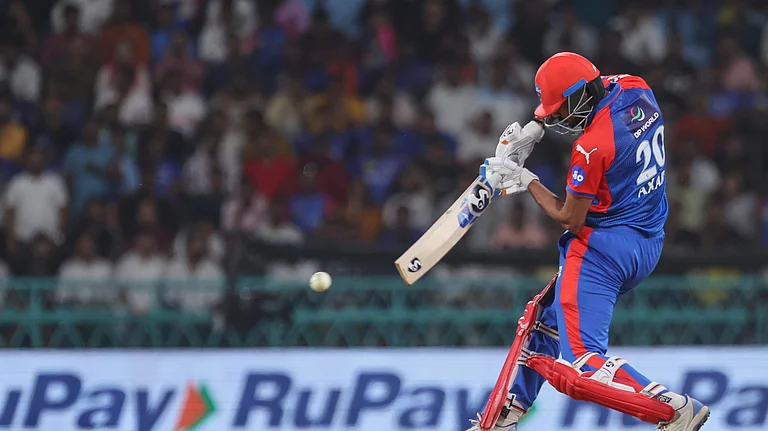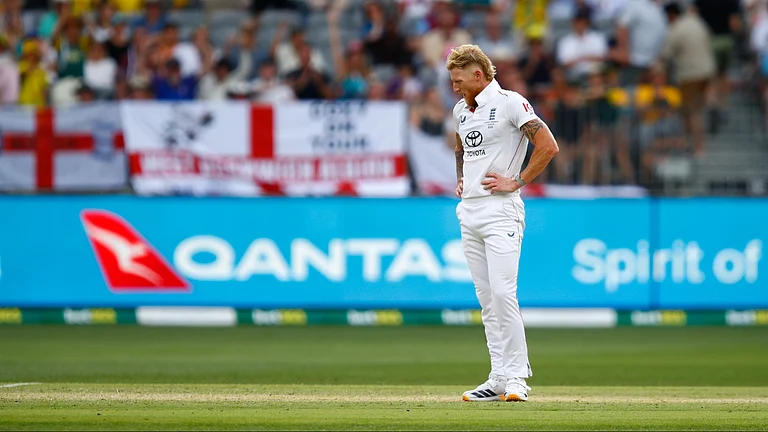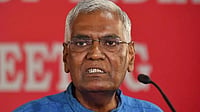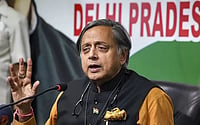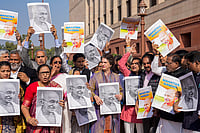The history of the World Cup is short, encompassing just fivecompetitions and, yet, picking the 10 best performances has been a taxing exercise. Theshort list alone filled a sheet and a half of ruled foolscap paper. If a jury of thestatutory number of 12 sat to take a corporate decision, the odds against any two comingup with an identical list would be very low.
All things being equal, a Viv Richards innings would be more likely to get the votethan one by Geoff Boycott. When it comes to bowlers, a romantic would plump for aleg-spinner’s 3 for 43 sooner than a nagging seamer’s 5 for 38 on a slow pitch.One-day cricket being quite blatantly a batsman’s game, willow-wielders mustinevitably outnumber bowlers in the roll of honour. Three bowlers figure in mine, however,but two come in from having combined their bowling triumphs with valuable contributionswith the bat.
The inaugural World Cup (1975) seems to have produced more outstanding performancesthan its successors. Taken in chronological order, there was Dennis Lillee’s fivewickets for 34 on an unhelpful Headingley pitch against a Pakistan side of such battingtalent that Imran Khan batted at seven.
On that very pitch, 11 days later, Australia beat England by four wickets to reach thefinal, thanks to a man who was a last-minute selection—the left-hander Gary Gilmour.The match was remarkable for its low scores because the pitch had not been adequatelymowed and was uneven in bounce. Moreover, a low cloud cover hung over Headingley.Australia won the toss, elected to bowl first, and Gilmour took the first six Englishwickets in a nine-over spell, conceding 10 of the 36 runs scored and all but one of hisvictims were bowled or were lbw. Given the favourable conditions, this performance alonewould not have qualified him for the 10 greatest. But he followed it up by top scoring inthe match, 28 not out, after John Snow and Chris Old had reduced Australia to 39 for six.
In the final at Lord’s three days later, Gilmour was again in his element, takingfive wickets. Among his victims was Clive Lloyd. But before he brought him to book, Lloydhad played a valiant match-winning innings of 102, off only 84 balls. It had begun againstthe sombre background of 50 for 3 and although Rohan Kanhai was entrenched, he, for allhis natural gift of timing, couldnot take command. But Lloyd did to such effect that runsnow began to ooze like syrup from Kanhai’s bat as well and the Guyanese pair put on atelling stand of 149. Two of Lloyd’s strokes that day which can never be forgottenwere his sixes, one a hook off Lillee and the other a pick-up off Max Walker.
Viv Richards’ 138 not out was at the core of the West Indiestriumph over England in the 1979 final. However, Richards had a strong rival for the Manof the Match award in Collis King, who participated with Richards in a crucial stand of139, claiming the major share with a whirlwind 86. For all his supposed arrogance,Richards was too sensible to be irked at being upstaged by one of the chorus line. Theoverall tempo of his innings was influenced by the conditions, which did not deny thebowlers help, and the shaky state of the innings. It may not have been one of his moredevastating knocks, but it was far from unglamorous, containing as it did three sixes, oneof them off the last ball of the innings from Mike Hendrick, and 11 fours.
In 1983, Zimbabwe announced their arrival in the World Cup arena with aremarkable 13-runs victory over Australia at Trent Bridge. Their hero was their captain,Duncan Fletcher, who shored up a faltering innings with an unbeaten 69 and then took fourwickets for 49 to contain Australia.
One of the great legends of the World Cup is Kapil Dev’s 175 notout against Zimbabwe that year. Admitted that the boundaries of the lovely TurnbridgeWells ground, adorned by rhododendron bushes, was short. But the circumstances in whichthe innings was played (India were 17 for 5 at one stage) must also count. Moreover, thepitch was an unabashed ally of the seamers.
Except that it did not lead to victory, the heroic 136, off 144 balls,by Zimbabwe’s David Houghton against New Zealand at Hyderabad in 1987 was an echo ofKapil Dev’s celebrated innings. Houghton came in at 8 for one and stayed until theinnings’ 47th over, when Zimbabwe, who eventually fell three runs short, needed only22 to overhaul New Zealand’s 242.
The sweep is not a shot of the highest pedigree, but it was one thatGraham Gooch used with telling effect in making 115 against India, in Bombay in the 1987semi-finals. It was thatinnings that was responsible in taking England to the final.Renowned more for drives straight and through the off side, Gooch, who batted through 43overs to see England reach 203 for four, swept even at balls outside off stump andcompletely unsettled the two left-arm spinners, Maninder Singh and Ravi Shastri, on whomIndia was heavily dependent for containment on a slow pitch. Gooch’s innings may nothave delighted the purist, but it certainly tipped the scales.
The very first match of the 1992 World Cup, in the Antipodes, provided a shock thatreverberated right through the competition, in that it drove a large nail in the coffin ofthe holders and favourites, Australia, and paved the way for New Zealand’s progressto the semi-finals for the first time since 1975. Martin Crowe, New Zealand’s captainbatting with a troublesome knee, was the perpetrator of this shock dealt to Australia inAuckland. Crowe’s unbeaten century, completed with one ball to spare, was in itself ahighly creditable performance, considering that New Zealand’s innings, except duringCrowe’s fourth-wicket stand of 118 with Ken Rutherford, was always tottering.
If ever a World Cup final was won with a supreme team effort, it wasthe one at Melbourne in 1992, in which Pakistan beat England. When Pakistan werestruggling in the early days of the competition, their captain Imran Khan exhorted them torespond like ‘cornered tigers’. In this dramatic final, he set his team anexample with a dour, but effective 72. It was the first of many heroic deeds performed forPakistan that day.
But the man who swung the balance in a very evenly foughtmatch was Wasim Akram. In thelatter part of their own innings, Pakistan were badly in need of acceleration and Wasimprovided much of it with a blazing 33 off 18 balls. When Pakistan defended a sound, butnot overwhelming, total of 249, he took three wickets for 49. These figures do not lookstartling until the impact of his successes is appreciated.
In his first spell, Wasim defeated England’s major ploy in openingwith Ian Botham. He had him caught behind. On his return for a second stint, he ended themenace of Allan Lamb, who had made 31 off 44 balls, with an absolute gem that left him. Heswung the next ball in to skittle Chris Lewis and the match had got its decisive twist.







